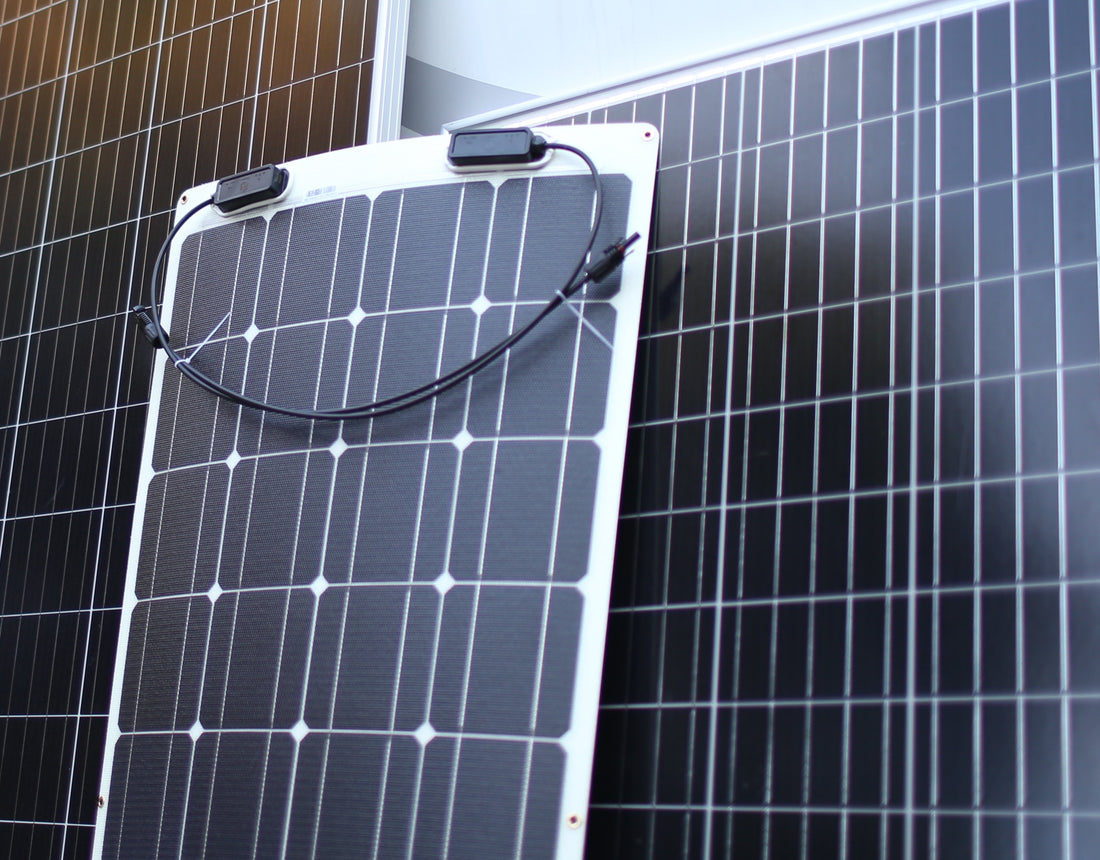Solar panel technology plays a crucial role in harnessing solar energy and converting it into electricity. When considering solar energy systems in Nigeria, it's important to understand the different types of solar panels available. In this comprehensive guide, we will provide an overview of the three main solar panel technologies in Nigeria: monocrystalline, polycrystalline, and thin-film panels. Subsequently, we will explore their efficiency, durability, and suitability for various applications, helping you make an informed decision for your solar energy needs.
Monocrystalline Solar Panels:
Monocrystalline panels are made from a single high-quality silicon crystal structure, resulting in a uniform black appearance. They offer the highest efficiency among the three types, typically ranging from 15% to 20%. Monocrystalline panels are ideal for limited roof space or areas with lower sunlight intensity. They perform exceptionally well in direct sunlight and have a long lifespan, making them a popular choice for residential and commercial installations.
Polycrystalline Solar Panels:
Polycrystalline panels are made from multiple silicon crystals, giving them a bluish appearance. While their efficiency is slightly lower than monocrystalline panels, typically ranging from 13% to 16%, they offer a more cost-effective option. Polycrystalline panels are suitable for larger installations and perform well in high-temperature environments. They are known for their durability and can withstand various weather conditions.
Thin-Film Solar Panels:
Thin-film panels are created by depositing a thin layer of photovoltaic material onto a substrate, such as glass or metal. They have a distinct appearance and can even be flexible, making them suitable for unconventional installations. However, their efficiency is generally lower than monocrystalline and polycrystalline panels, typically ranging from 7% to 12%. Thin-film panels excel in low-light conditions and are lightweight, making them easier to transport and install.
Efficiency and Performance:
Monocrystalline panels have the highest efficiency, followed by polycrystalline and thin-film panels. Higher efficiency means more electricity generation from the available sunlight. Consider the location and amount of sunlight you receive when choosing the panel type to maximize energy production. Factors such as temperature coefficient and shading can impact panel performance, so it's essential to evaluate these aspects for optimal results.
Durability and Longevity:
All solar panels are designed to withstand various weather conditions. Monocrystalline and polycrystalline panels have proven durability and can endure heat, humidity, and hail. Thin-film panels are also designed to be durable, but their thin construction makes them slightly more susceptible to certain environmental factors. Consider the climate conditions in your area and choose panels that are best suited for the specific weather conditions.
Suitability for Different Applications:
Each solar panel type has its own strengths and suitability for different applications. Monocrystalline panels are well-suited for residential rooftops, where space may be limited, and high efficiency is desired. Polycrystalline panels are cost-effective and ideal for larger installations, such as commercial or industrial projects. Thin-film panels are versatile and can be used in various applications, including portable solar solutions and unconventional installations.
Understanding solar panel technology is vital when considering solar energy systems in Nigeria. By familiarizing yourself with the three main types of solar panels - monocrystalline, polycrystalline, and thin-film - you can make an informed decision based on their efficiency, durability, and suitability for different applications. Consider your specific energy requirements, available space, budget, and climate
